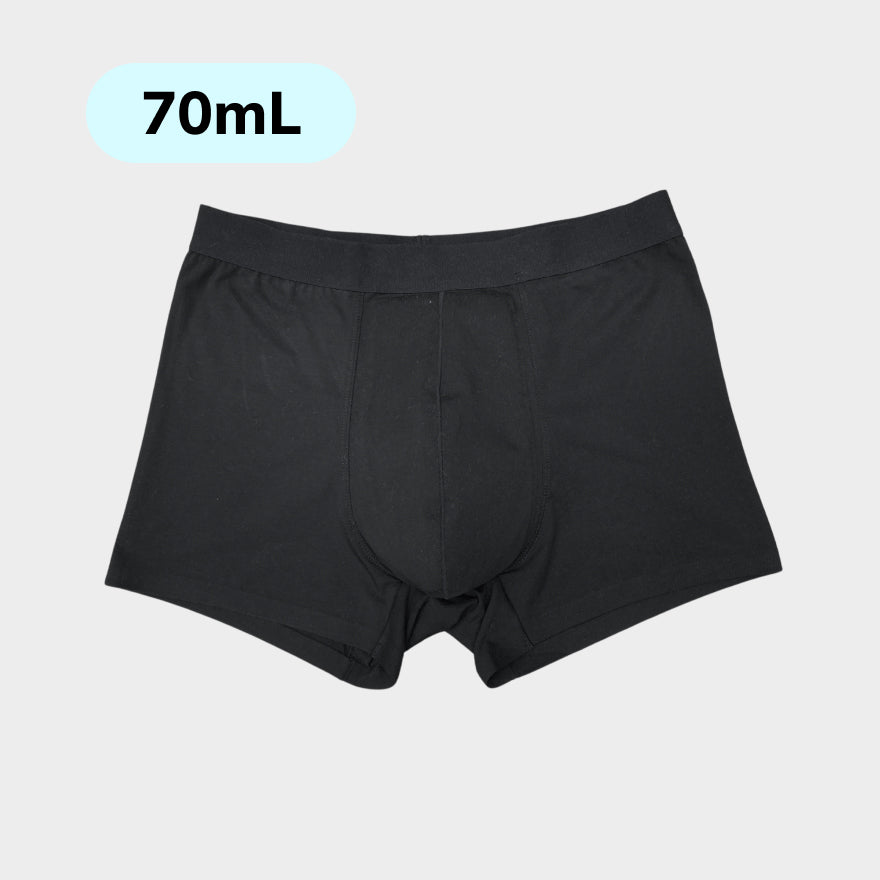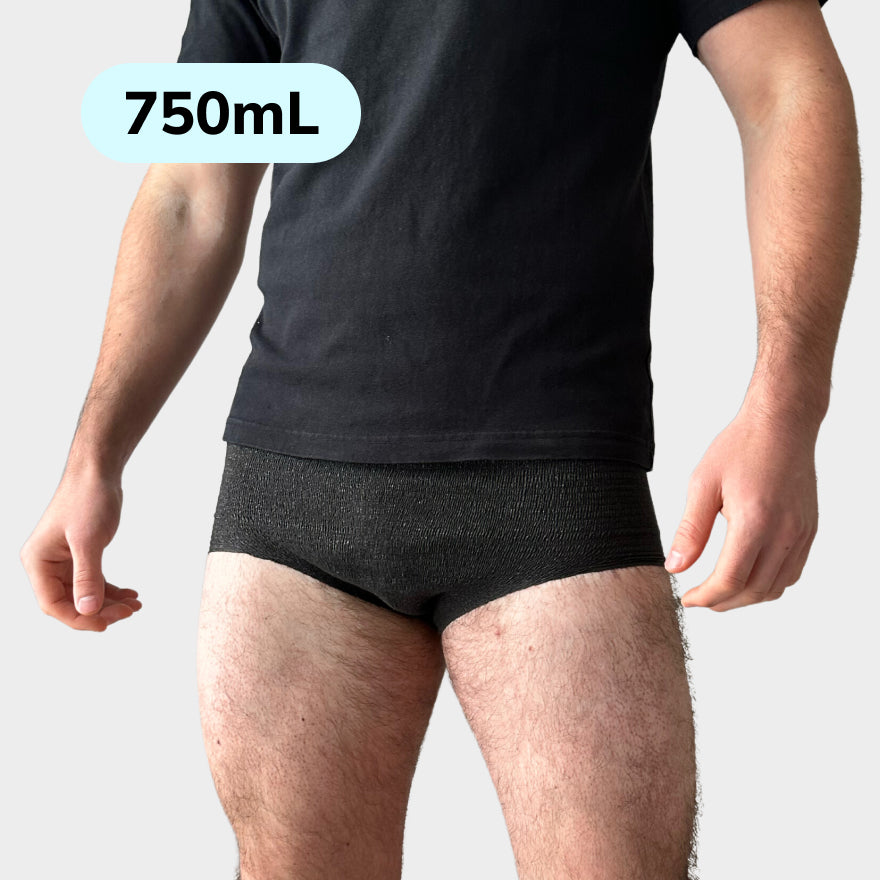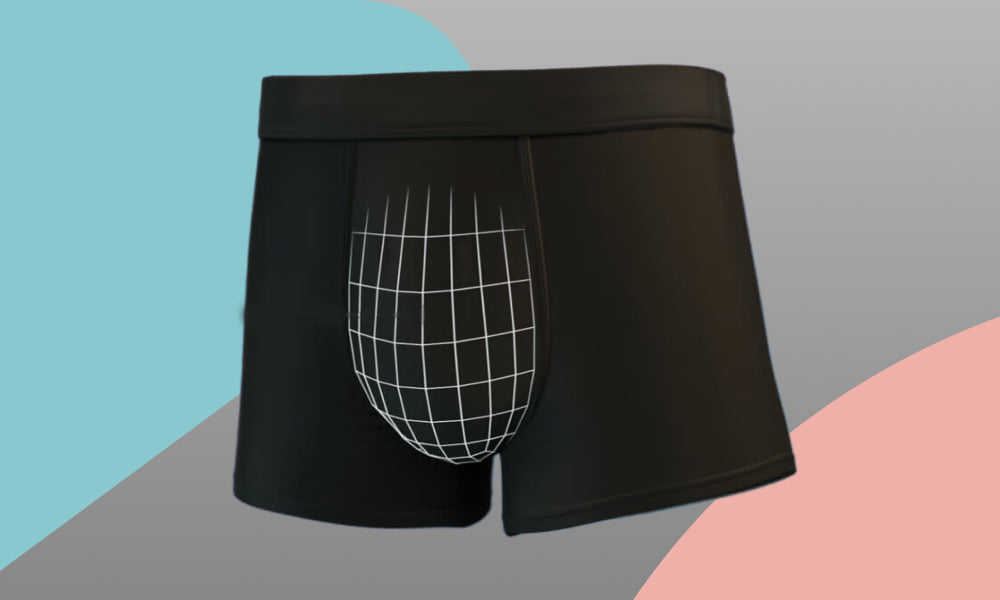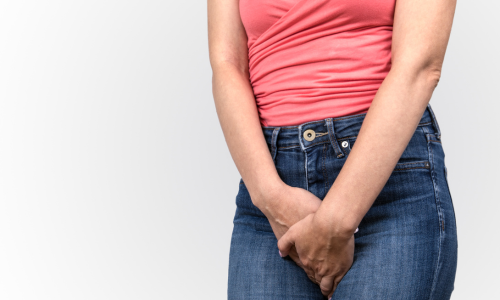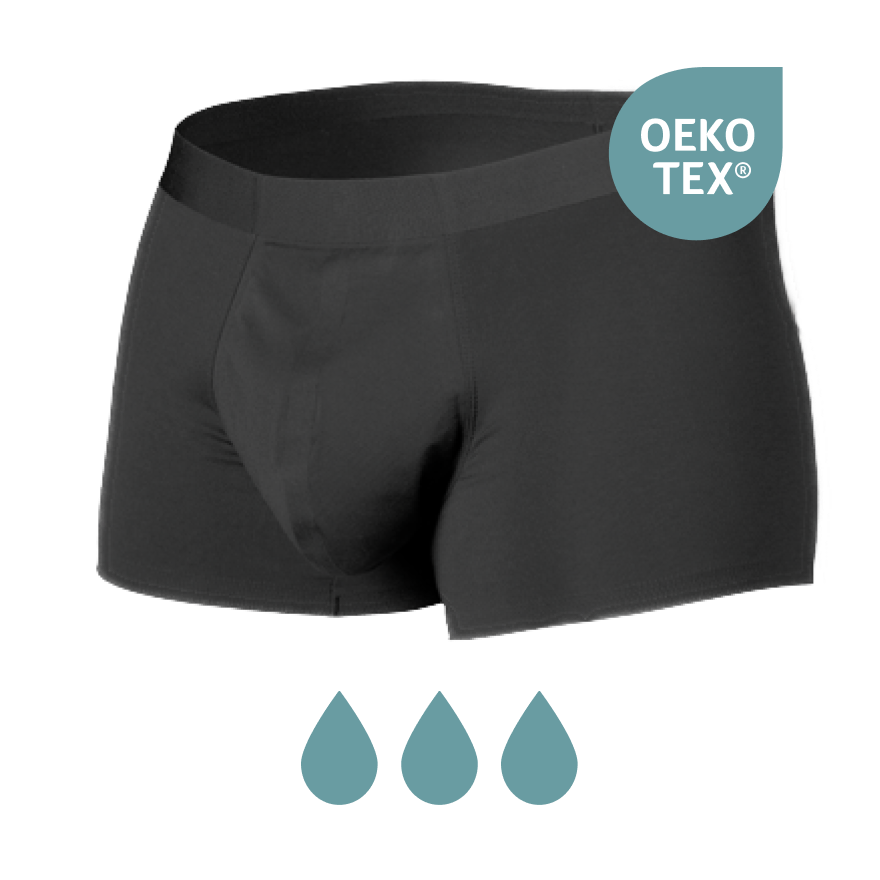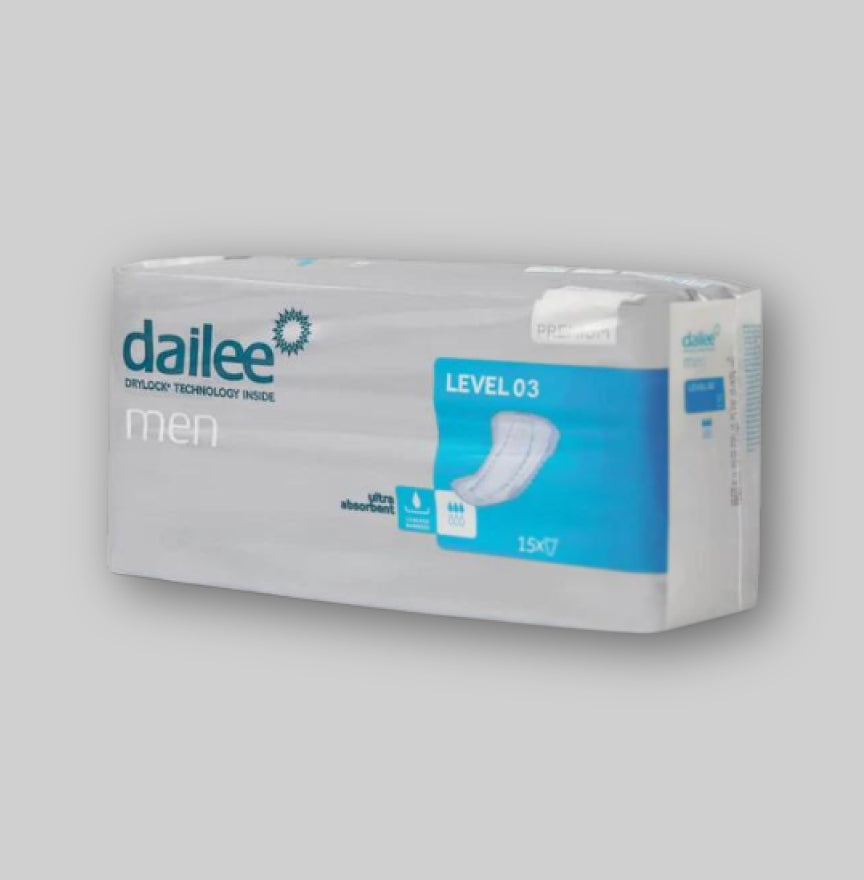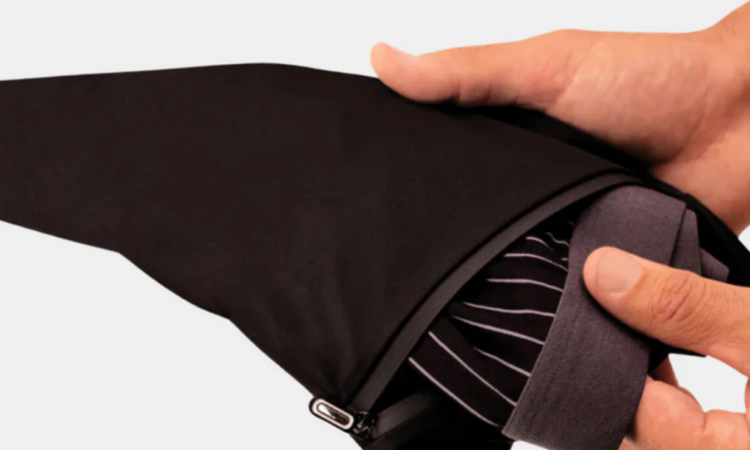Urgency incontinence is a common problem that affects many people, but it is often underexposed in the medical world. It can have a devastating effect on someone's quality of life, but luckily there are various causes and treatments available for this condition. In this article we will elaborate on the causes of urgency incontinence and what you can do about it.
What is urgency incontinence?
Urgence incontinence, also known as urge incontinence, is a form of urinary incontinence in which someone feels urgently having to go to the toilet, but is unable to reach it before they lose urine. This can lead to unwanted loss of urine, which can be both physically and emotionally burdensome.
4 Causes of urgency incontinence
There are various possible causes of urgency incontinence, including:
-
Muscle weakness: If the muscles that regulate the bladder are weakened, this can lead to uncontrolled urine loss.
-
Neurological disorders: Damage to the nerves that control the bladder, such as multiple sclerosis or strokes, can lead to urgency incontinence.
-
Bladder irritation: Inflammation or irritations on the bladder can cause it to become overactive, which leads to the feeling of urgent having to urinate.
-
Medication: Some medicines can have side effects that influence bladder function and cause urgency incontinence.
It is important to note that urgency incontinence can be a symptom of an underlying health problem, so it is always advisable to consult a doctor for correct diagnosis and treatment.
Treatments for urgency incontinence
Fortunately, there are various treatments available for urgency incontinence, depending on the underlying cause and the severity of the symptoms. Some possible treatments are:
-
Pelvic floor exercises: Strengthening the muscles around the bladder can help to reduce urine loss and improve bladder control.
-
Medication: There are various medicines available that can regulate bladder function and help to reduce urge incontinence.
-
Behavioral changes: Adjusting drinking habits, avoiding certain foods and regularly emptying the bladder can all help to control urgency incontinence.
-
Invasive treatments: In severe cases, a doctor can propose invasive procedures, such as bladder stimulation or even surgery, to alleviate the symptoms.
Conclusion
Urgency incontinence is a common problem that can have a significant impact on someone's quality of life. Fortunately, there are various causes and treatments available for this condition. By understanding the causes and looking for the right treatment, people with urgency incontinence can effectively manage their symptoms and achieve better quality of life.
